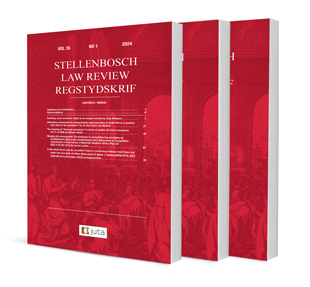Abstract
As 2030 rapidly approaches, governments are grappling with how, within the short remaining timeframe, to meet their commitments under the Convention on Biological Diversity’s Kunming-Montreal Global Biodiversity Framework. The Global Biodiversity Framework’s Target 3 commits governments to incorporate at least 30% of their territory in two main forms of area-based instruments: protected areas and other effective area-based conservation measures (“OECMs”). The former are relatively well understood. The origins of the international system for protected areas dates back several decades. There exists extensive international guidance highlighting, amongst many things, the important role and influence of law on protected areas. This has in turn informed the domestic development, implementation and refinement of protected areas legislation in many countries. In stark contrast, OECMs are a far newer phenomenon. The concept was only formally defined in 2018 and no international guidance exists framing the role and influence of law on OECMs. Owing to their contemporaneity, governments are still in the process of contemplating how to provide for the domestic recognition of OECMs. Some commentators have called for deeper reflection on the role and influence of law in enabling, securing, regulating and supporting OECMs. Three potential reasons underpin these calls, namely that both constitute area-based instruments with the majority of their definitional elements being very similar in nature; if law has historically had an important role and influence on protected areas, lessons could potentially be drawn from this experience in the context of OECMs; and both count towards the same 30×30 target, with the inherent logic being that to ensure some measure of equivalence and consistency in treatment, both must be enabled, secured, regulated and supported through law. Using South Africa as a case study, the article explores lessons that could be learnt from the implementation of, and reforms to, the country’s protected areas legislation, for any future OECM statutory framework. The discussion of these potential lessons is broken down under an array of themes, namely system planning and site selection; recognition and long-term security; governance diversity; management, monitoring and reporting; and financing and incentives.
